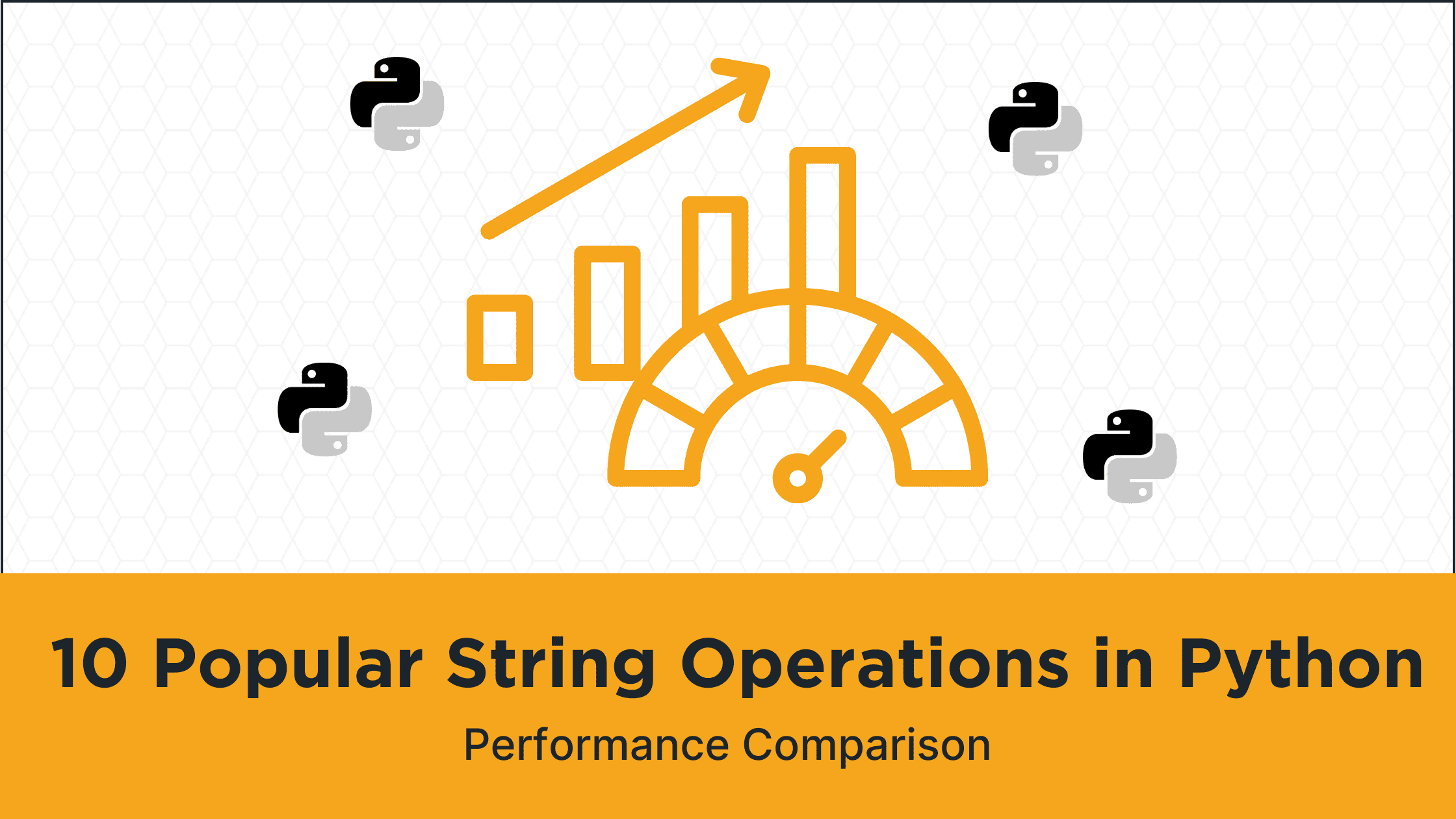In the realm of React, performance is vital. To manage resources efficiently and deliver the desired user experience, developers are continually exploring methods to optimize app performance. Two phenomenal React hooks that can assist in these optimizations are useMemo and useCallback. In this blog post, we’ll execute a detailed examination of these hooks and also provide examples of how they can help reduce unnecessary re-rendering in your app.
A Deep Dive into useMemo
The React hook useMemo helps with optimizing complex or computationally intensive calculations by storing the outcome of an operation for future use and preventing re-execution until necessary. This way, it ensures that expensive computations are not performed with every re-render but only when necessary.
Here’s the syntax:
const memoizedResult = useMemo(() => computeIntenseCalc(a, b), [a, b]);
In this example, useMemo takes in two inputs: a function representing the operation and an array of dependencies. In this case, the operation is computeIntenseCalc(a,b), and the dependencies are a and b. computeIntenseCalc(a,b) will only re-run when the value of either a or b changes. If the values remain constant, React provides the previously computed value hence reducing unnecessary processing.
Suppose you have a function that formats data and takes a considerable amount of time:
const formatLargeData = (data) => {
// Formatting operation
};
const RenderComponent = (props) => {
const formattedData = formatLargeData(props.largeData);
return <p>{formattedData}</p>;
};
Without useMemo, the formatLargeData function would run with every render, but with useMemo, we can avoid this.
const RenderComponent = (props) => {
const formattedData = useMemo(() => formatLargeData(props.largeData), [props.largeData]);
return <p>{formattedData}</p>;
};
Landing on useCallback
While useMemo optimizes computations, useCallback optimizes function definitions. In the realm of JavaScript, defining a function inside a component will create a new instance with each re-render, leading to unnecessary re-rendering when these functions are passed as props to child components.
The useCallback hook addresses this issue by returning a memoized version of the function that only changes when its dependencies change.
Here’s the syntax:
const memoizedFunction = useCallback(() => performExpensiveOperation(a, b), [a, b]);
The callback performExpensiveOperation(a, b) will only get instantiated again if either a or b changes. This is particularly useful when passing callback functions to child components as props:
import React, { useCallback } from 'react';
const ChildComponent = React.memo(({ callback }) => {
console.log('ChildComponent rendering');
return <button onClick={callback}>Press me</button>;
});
const ParentComponent = ({ a, b }) => {
console.log('ParentComponent rendering');
const memoizedCallback = useCallback(() => {
return a + b;
}, [a, b]);
return <ChildComponent callback={memoizedCallback} />;
};
Here, React.memo makes ChildComponent skip re-rendering when props are the same, and useCallback ensures that the function doesn’t get re-created unless a or b changes.
Comparing useMemo and useCallback
Both useMemo and useCallback help improve the performance of React applications by reducing unnecessary re-rendering and preventing excessive calculations. However, their usage differs. useMemo is used when you want to optimize computing values, while useCallback is used when you wish to optimize functions, especially when being passed as props to child components.
Bear in mind that the memoization process isn’t free. It has its own overhead and consumes some memory resources. Hence, a react developer needs to apply it judiciously. They are best utilized when dealing with large calculations, heavy component re-rendering, or expensive functions.
In conclusion, React hooks useMemo and useCallback are highly beneficial in improving your application’s performance, proving a smoother and much more responsive user experience. It is like upgrading your vehicle engine to a more powerful one; while the upgrade might cost you, the increased performance and speed significantly balance that out!
Conclusion
In this article, we discussed how to optimize React applications using useMemo and useCallback hooks. We also covered the differences between these two hooks and when to use them. By using these hooks, you can significantly improve the performance of your React applications by reducing unnecessary re-renders and computations. We hope this article has been helpful to you, and we encourage you to try out these hooks in your own applications to see the benefits for yourself.



